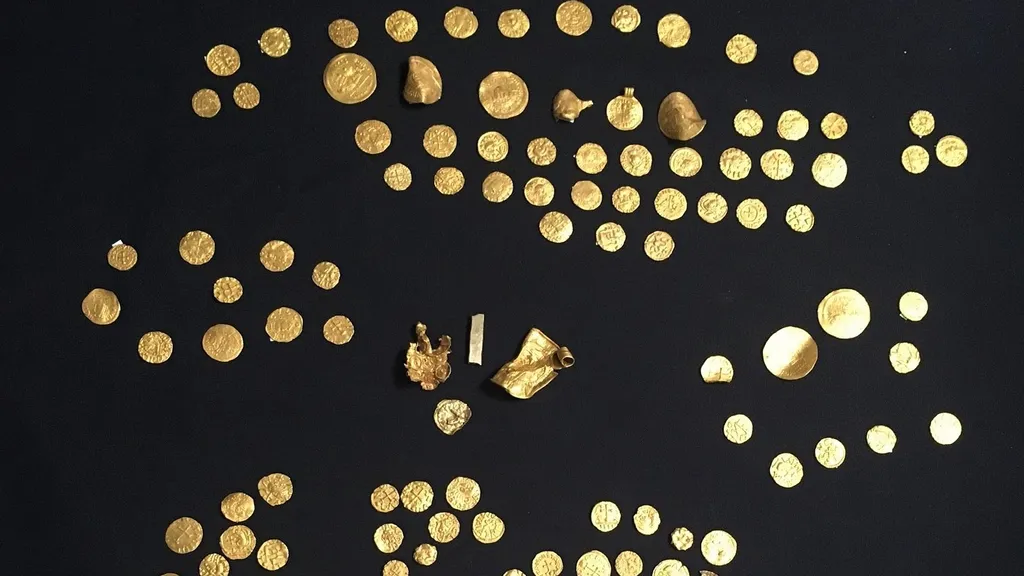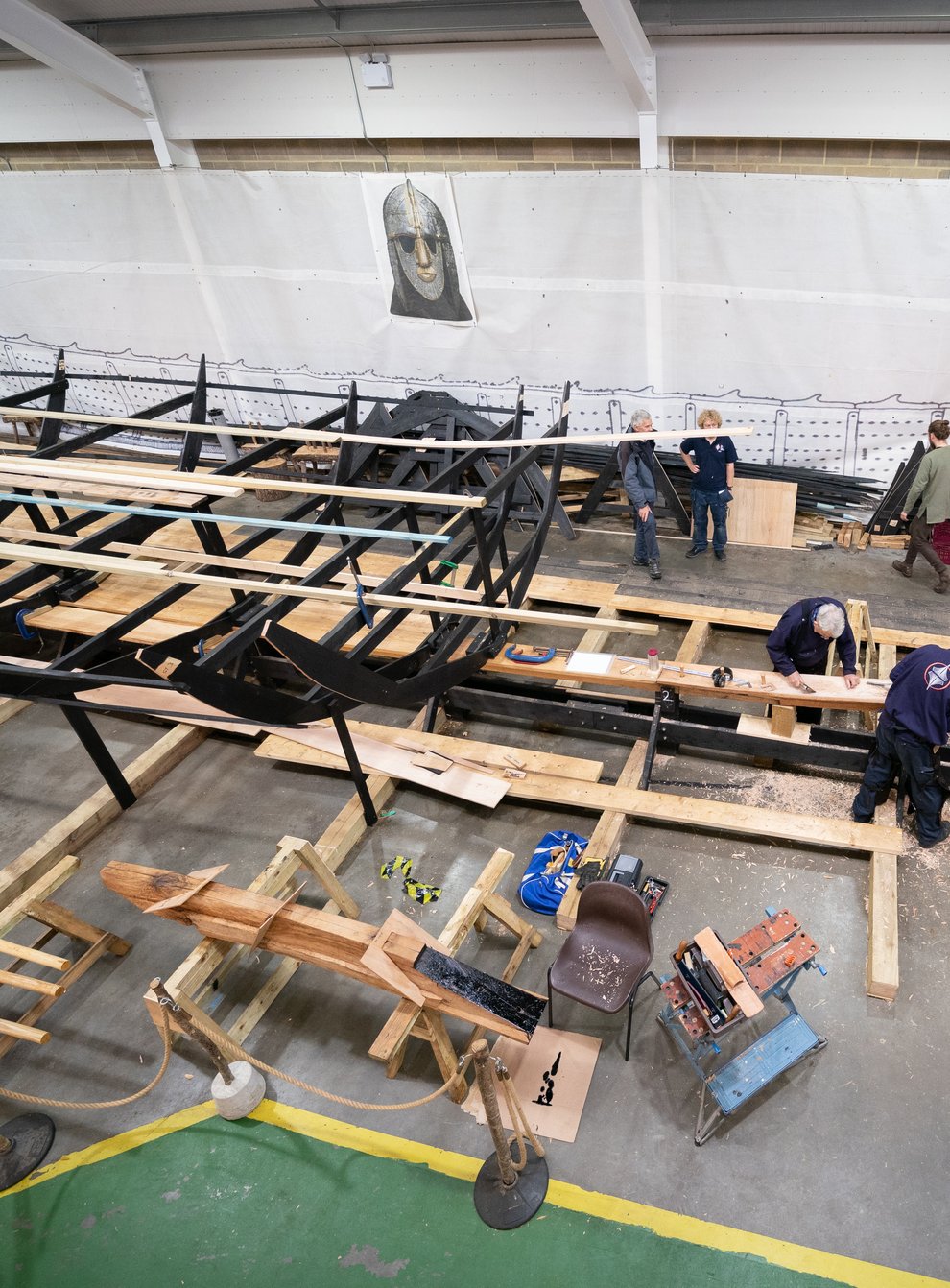
King Harald Sigurdsson of Norway – remembered by the name Hardrada, meaning ‘hard ruler’ – was a complex, fierce and ultimately doomed antihero. If the myriad ancient sagas and tales of him bear any truth, he was one of the great Vikings worthy of epic television series such as Game of Thrones or Vikings. An outcast son of a petty king, he rose to win a fortune, romance an empress, marry a princess, and carve himself a kingdom by the strength of his sword arm.
Harald made his first mark in history as a 15-year-old warrior, when he fought alongside his elder half-brother King Olaf II (later Saint Olaf) against Danes loyal to Cnut the Great in the battle of Stiklestad in 1030. The day ended with defeat, and for Olaf, death.
According to the Icelandic poet Snorri Sturluson, the fighting took place in part under a total eclipse of the Sun; a night fight in the middle of the day. Pagans may have believed the hole in the sky was the one-eyed god Odin watching over the battle and choosing the slain for Valhalla, while Christians may have recalled the midday darkness at the Crucifixion, a thousand years past. Eclipses have customarily been regarded as a bad omen throughout history, and here it would have been no different. Not only was Olaf slain, but Harald barely got away from the battle with his life.
Read the rest of this article...


